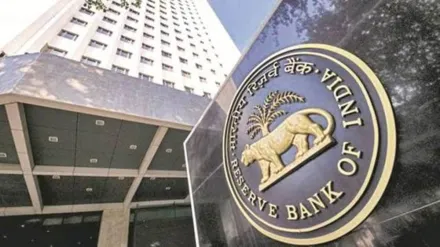Introduction: RBI Eases Policy to Support Economy
In a much-anticipated move, the Reserve Bank of India (RBI) has cut the repo rate by 25 basis points, bringing it down to 6%. The decision, announced during the latest Monetary Policy Committee (MPC) meeting, also marks a shift in stance from ‘neutral’ to ‘accommodative’. This dual action indicates the central bank’s growing focus on supporting economic growth, even as inflation pressures ease. The cut comes as a relief for borrowers and businesses, suggesting that the RBI sees room for monetary easing in the current economic environment.
What Is the Repo Rate?
Understanding the Repo Rate in Simple Terms
The repo rate is the rate at which the RBI lends money to commercial banks. It is a key tool used by the central bank to control liquidity, inflation, and overall economic activity.
- A cut in repo rate makes borrowing cheaper for banks.
- This typically results in lower interest rates for consumers on loans such as home loans, car loans, and business credit.
Why Is It Important?
The repo rate plays a central role in the Indian economy. A higher rate helps control inflation, while a lower rate helps stimulate growth by encouraging borrowing and investment.
Why Did the RBI Cut the Repo Rate?
Cooling Inflation and Sluggish Growth
The RBI’s decision to reduce the repo rate by 25 bps (0.25%) is largely driven by a decline in retail inflation, which has remained within the RBI’s comfort zone of 2–6%. At the same time, certain economic indicators, such as industrial output and credit demand, suggest slower-than-expected growth.
Recent news
Nifty Falls Below 22,400 as Trump’s 104% Tariff Sparks Sell-Off
Shift to Accommodative Stance Explained
Along with the rate cut, the MPC’s shift to an “accommodative” stance means that the central bank is now open to further rate cuts in the future, if required.
This stance shows the RBI’s intent to support the economy while keeping inflation in check.

Market Reaction and Expert Views
Equity Markets Cheer the Move
The stock markets reacted positively to the announcement. Banking and auto stocks, in particular, rallied on hopes of improved credit growth and consumer demand.
What Economists Are Saying
Experts believe that the RBI’s latest move is timely and balanced.
“The rate cut, along with the accommodative stance, clearly signals that the central bank is now focusing more on reviving growth,” said a senior economist at a leading financial firm.

How Will This Affect You?
For Homebuyers and Loan Seekers
Lower repo rates usually lead to cheaper loans. Banks are likely to reduce interest rates on home loans, personal loans, and business loans, making it a good time to borrow.
For Fixed Deposit Investors
On the flip side, FD rates may decline, which could impact savers relying on fixed income. Investors may need to explore alternative investment options for better returns.
What’s Next? RBI’s Forward Guidance

The RBI has indicated that future policy decisions will be data-driven, especially based on:
- Inflation trends
- Global economic developments
- Domestic growth numbers
This flexible, accommodative stance gives the central bank room to act swiftly in response to new challenges.
Conclusion: A Strategic Move for Economic Recovery
The RBI’s 25 bps rate cut and change in stance are seen as a clear signal of its intent to support India’s economic recovery. While inflation is currently under control, the central bank is treading carefully, ensuring that growth does not stall amid global uncertainty. For borrowers, this comes as a positive sign, while investors and savers will need to realign their strategies to make the most of the changing financial environment.
Disclaimer:
This article is for informational purposes only. It does not constitute financial, investment, or legal advice. Readers are advised to consult with qualified professionals before making any financial decisions. Money Flow Insight is not responsible for any losses arising from the use of the information provided.





One thought on “RBI Cuts Repo Rate to 6%, Turns Accommodative to Boost Growth”